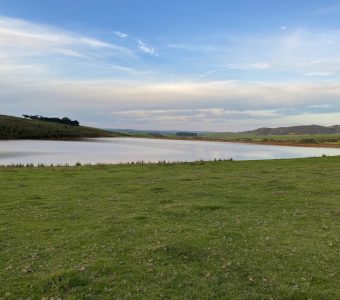
Twenty-five years ago, Paul Neighbour & his family had a 10HA bush block on the Fleurieu Peninsula in South Australia. It was a wonderful place to retreat to, relax and enjoy. The family realised that they wanted more land. Two hundred acres became available, which was part of a larger property, so they made that purchase. Over the next few years, more land came onto the market which eventually allowed them to extend the farm to encompass over 800HA. Many years of planning & hard work have made the beautiful Mirambeena and Yala Yala Springs, into the thriving cattle property it is today.
Paul runs 3 breeding herds of Black Angus cattle. They are joined with Black Angus bulls at the beginning of May allowing them to start calving late January/early February. This gives Paul a good 10 months or more, before he separates the calves from the cows; and because the farm has fantastic summer grasses, there is not a great need for supplementary feeding. He also buys and fattens steers and heifers with a current focus on the added value of heifers. Most of the steers are on sold to feedlots; the heifers are either backgrounded or sold PTIC (preg. tested in calf) to the current nationwide herd rebuilding demand. Total carrying capacity on the farm is 750 head.
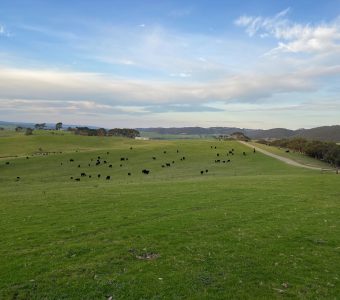
Pauls country can be highly acidic and there had been a practice of using single super and nitrogen most years, with occasional applications of lime to counter the acidity of the soil. Paul commented, “I felt somewhat dubious about these practices. My investigations led me to suspect that it was highly likely that nutrition was in the soil, but that it was locked up. I wanted to take a more holistic approach to our farming and look at the benefits of bacteria and fungi in the soils, as well as adding organic matter; and how that might impact on our pasture growth and animal health. I don’t use herbicides or insecticides either”.
Most of the paddocks with a sandy soil have a kikuyu pasture base which was planted on or before the 1940’s. These are over sown as required with clover and they use a tine seeder to do the job. This allows for a great retention of existing grasses. Grown on the heavier soils are Victorian perennial ryegrass and clover, plus some kikuyu which has crept in. “I’m happy to work with it too, because it is a fantastic base, if managed properly”; Paul also says, “clover is the key to our vigorous pastures. It fixes nitrogen beautifully into the soil and cohabits really well with either our kikuyu, or Victorian ryegrass paddocks. The herds will be carefully rotated through the farm allowing for regular grazing and resting of paddocks.
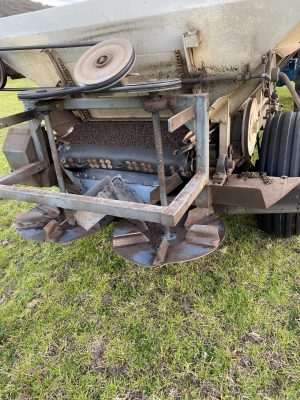
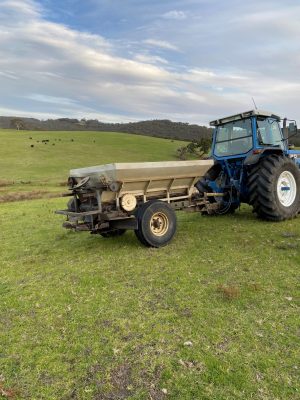
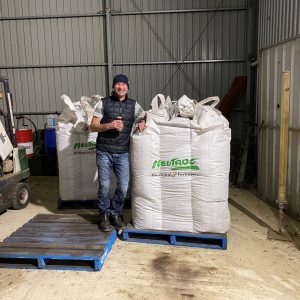
Kym, Pauls manager pointed out that paddocks which had organic matter and beneficial bacteria added, were responding better and recovering much quicker when the cattle were taken off, after the first grazing. And so, says Paul, “I couldn’t possibly ask for a better acknowledgement that what we’re doing, is working”.
